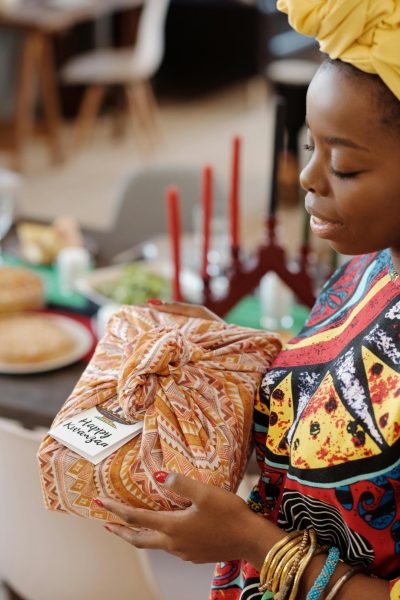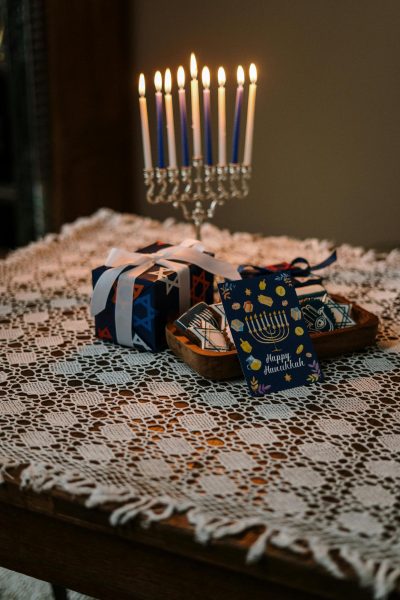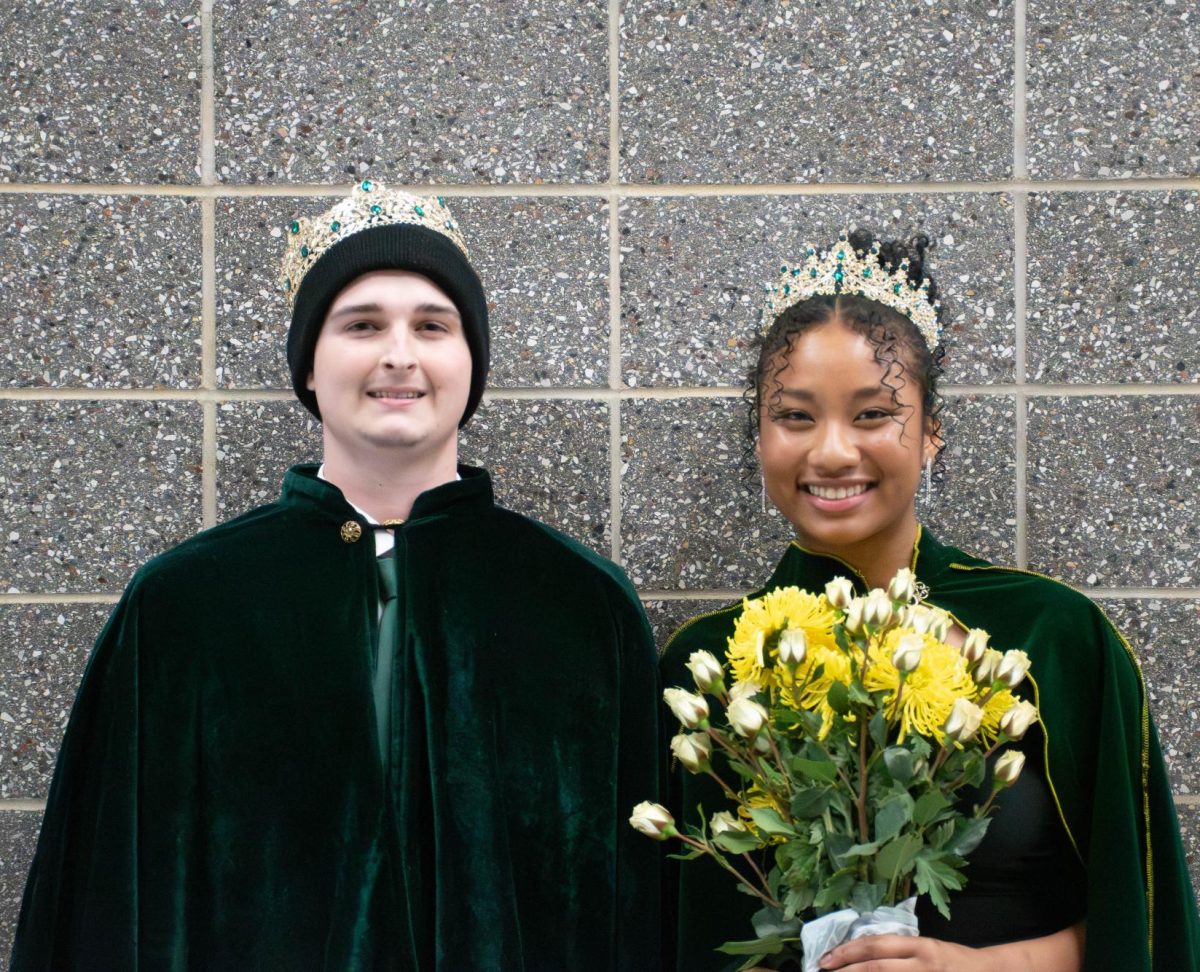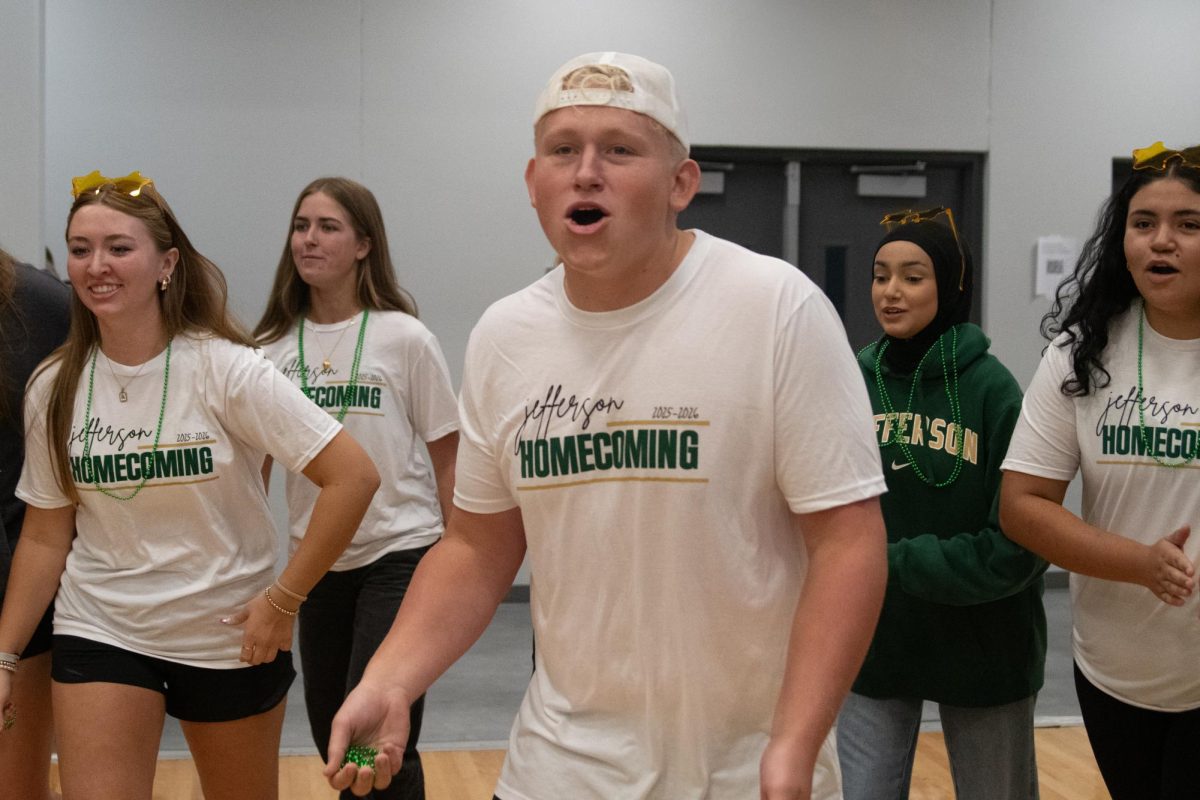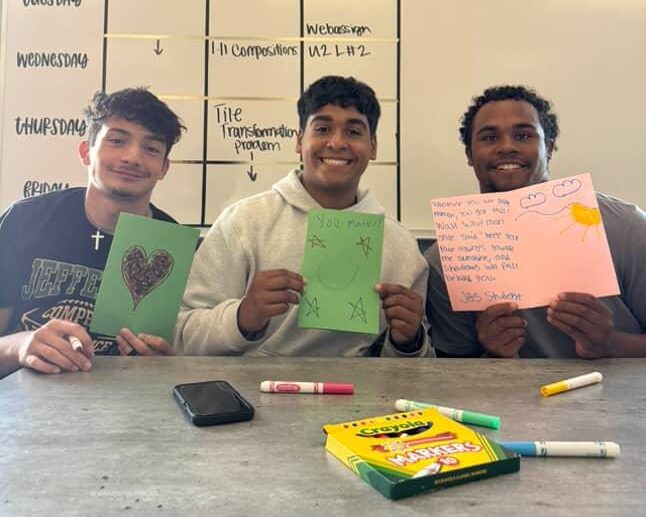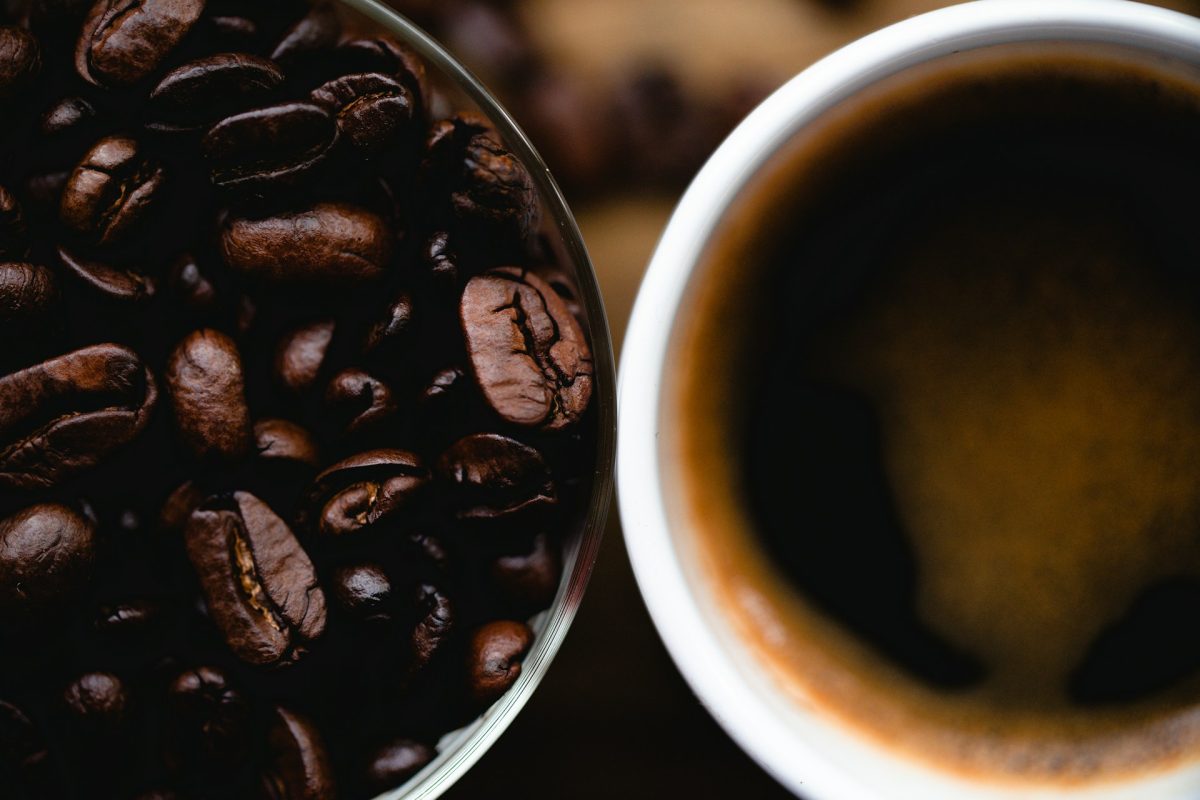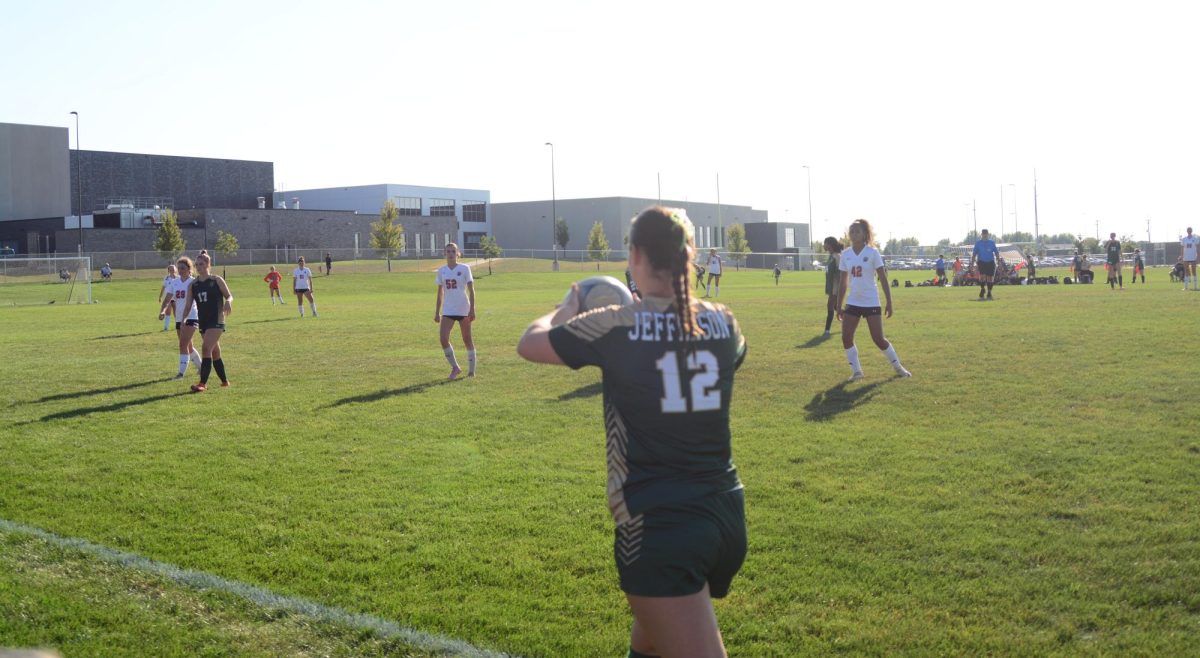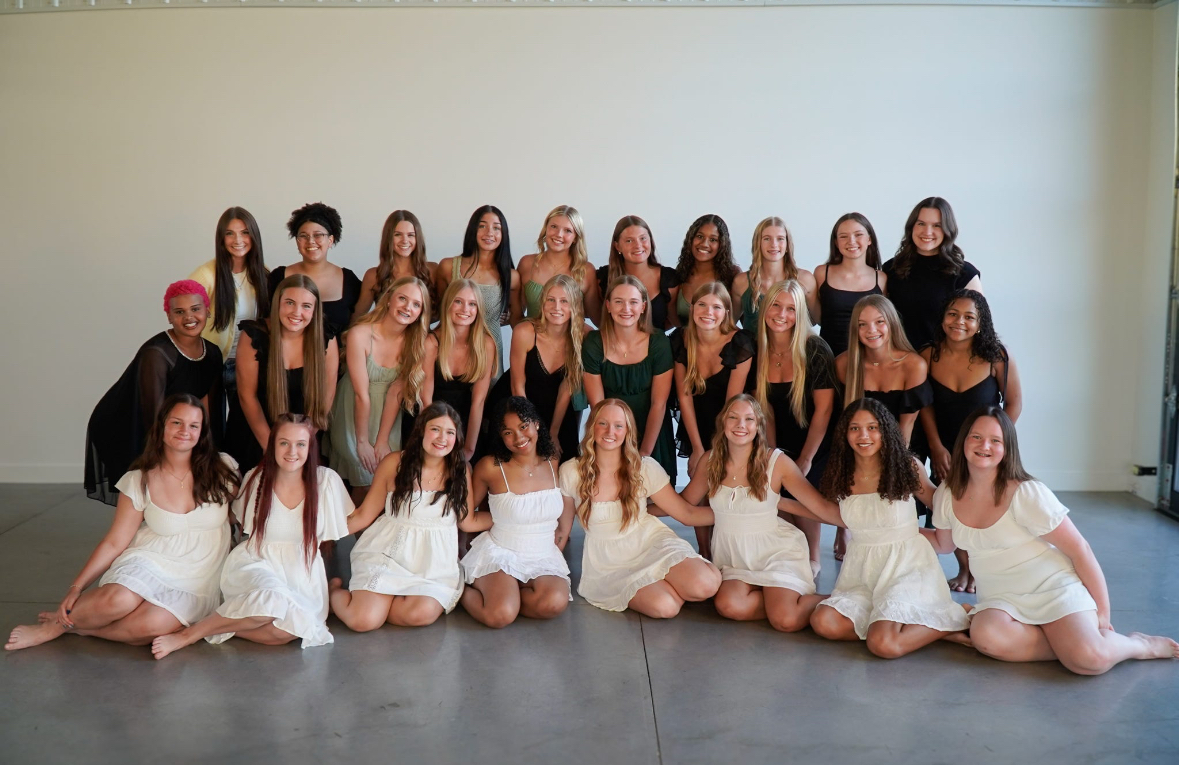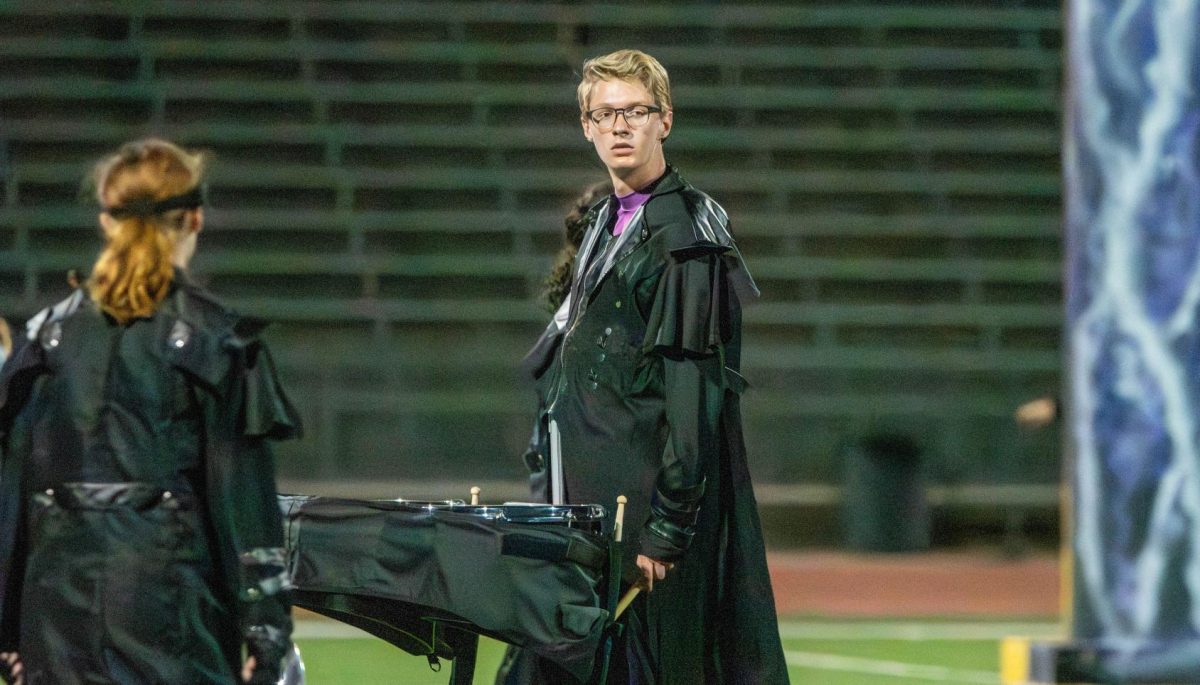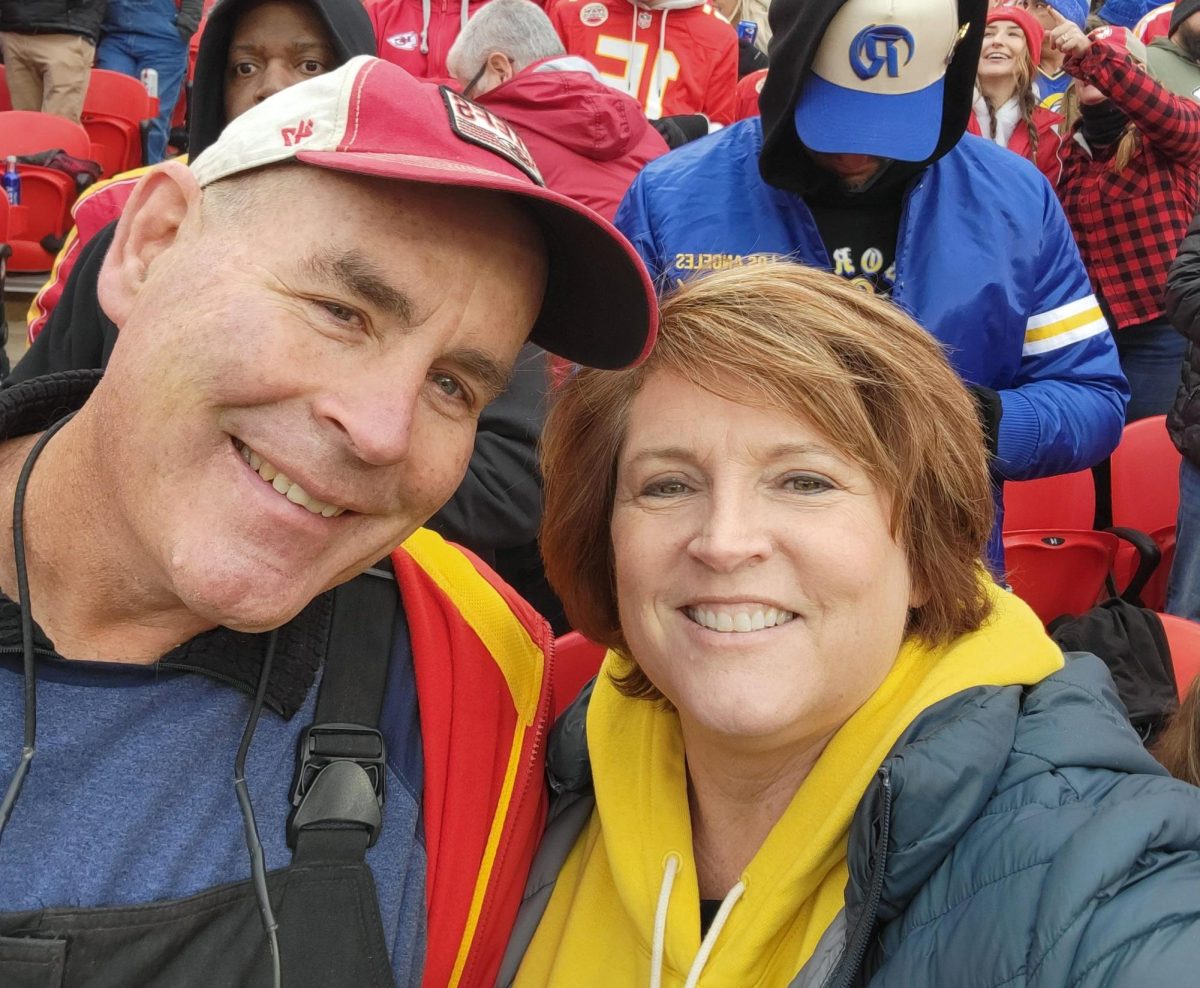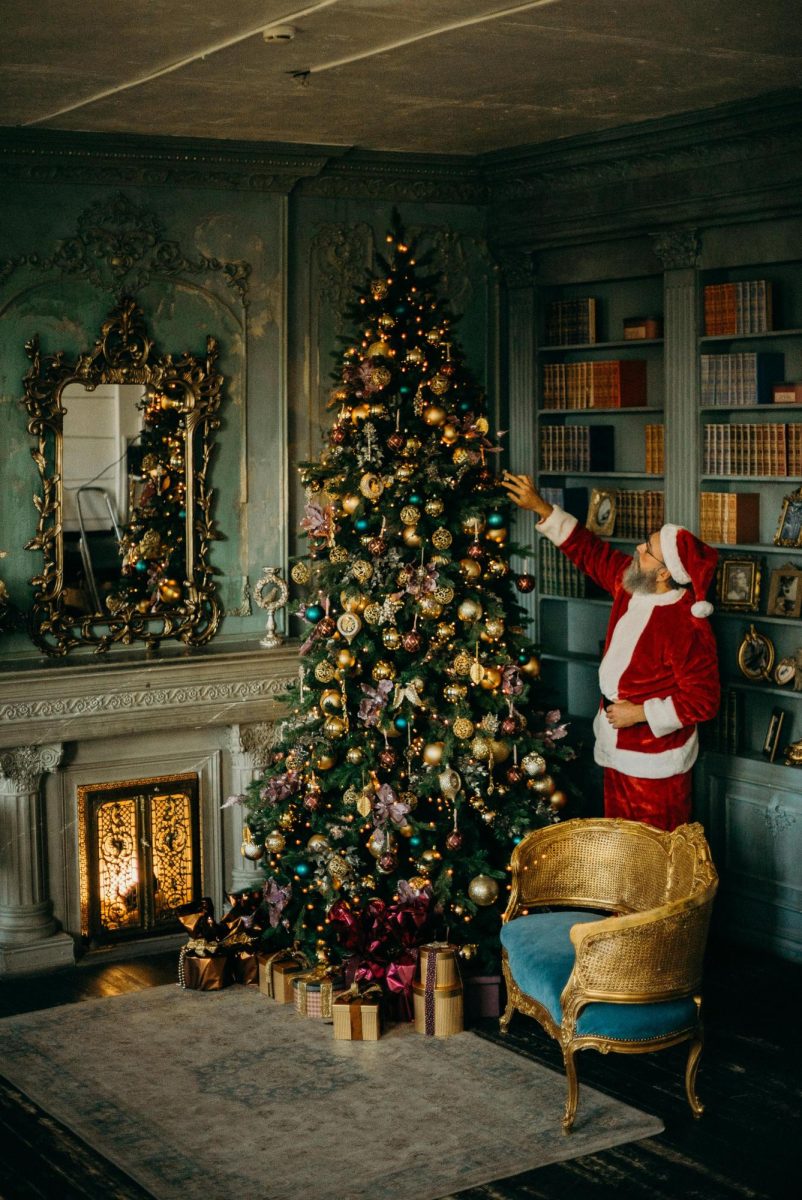As the chilly breeze sweeps across the Northern Hemisphere, we begin the 4th season of the year known as winter. During this time, communities around the world come together to celebrate the rich tapestry of cultural traditions, old and new. Whether you’re collecting your advent calendar treats, playing a game of spin the dreidel, or lighting diya for worship, every family has their own unique rituals and habits for the winter holidays.
To start our list off we’re going with a classic, Christmas. Being the most celebrated holiday across the globe, Christmas stems from the Christian religion which celebrates Christmas as the birth of Jesus. In summary, the Bible says that after having no place to stay on the trip to Bethlehem the night of December 24th, Mary and her fiance Joseph are left to spend the night in a stable. Mary was pregnant with a child that had been prophesied to be an angel. Mary gave birth to her child on December 25th, marking it a holy day. Throughout history, Christmas has grown new roots with many individuals celebrating the day non-religiously. Although it is unknown exactly where Santa Claus originated, he has become a vital part of this special day and with him comes many practices and routines. While incorporated into many cultures, Christmas is widely known for gifts, spirit, and decorations galore. Some of the most popular are Christmas trees, hanging lights, cookies, Christmas movies, presents, and Christmas dinner. According to multiple sources, over 2 billion people on Earth celebrate Christmas each year. For all the commercialism of the holiday, no one can deny that Christmas is iconic.
Hanukkah is a Jewish winter holiday that is celebrated at a different time each year for 12 days. Also known as the Festival of Lights, it has its origins rooted in the historical events of the Maccabean Revolt in the 2nd century BCE. This holiday commemorates the rededication of the Second Temple in Jerusalem following the successful uprising against the Seleucid Empire and its oppressive policies against Jewish practices. The central miracle of Hanukkah is the story of a small bottle of oil that lasted for eight days, a duration much longer than expected, when the Maccabees sought to relight the Temple’s menorah. Traditions associated with Hanukkah include lighting the menorah, a special nine-branched candelabrum, with one candle added each night, reciting blessings, playing the dreidel game, and enjoying foods fried in oil, such as latkes (potato pancakes) and sufganiyot (jelly-filled doughnuts). These customs serve to celebrate the resilience of the Jewish spirit and the importance of religious freedom.
Kwanzaa is a relatively modern holiday that was created in 1966 by Dr. Maulana Karenga, an African-American scholar and activist, as a way to celebrate African culture and heritage during the post-civil rights movement era. The holiday is observed from December 26th to January 1st and emphasizes seven core principles known as the Nguzo Saba: Umoja (unity), Kujichagulia (self-determination), Ujima (collective responsibility), Ujamaa (cooperative economics), Nia (purpose), Kuumba (creativity), and Imani (faith). Kwanzaa traditions include lighting a kinara candle holder with seven candles, each representing a different principle, and sharing a feast with family and friends.
New Year’s Eve, the last day of the year, is a global celebration marked by diverse traditions and festivities. Its origins can be traced back to ancient Babylon, where the new year was celebrated with a 12-day festival called Akitu. The Romans also celebrated the new year with a festival dedicated to Janus, the god of beginnings and endings. Over time, New Year’s Eve celebrations have evolved and incorporated various customs, including firework displays, parties, and the sharing of special meals. The tradition of making resolutions for the coming year is also a popular practice on New Year’s Eve.
From the twinkling light on houses for Christmas, to the culturally defining foods of Hanukkah, winter holidays around the world offer a rich tapestry of traditions and celebrations. These festive occasions not only provide opportunities for joyous gatherings and cherished memories but also serve as reminders of the enduring power of cultural heritage and the universal desire for peace and prosperity. As we embrace the spirit of these winter holidays, let us celebrate the diversity of human expression and the shared values that unite us all.
